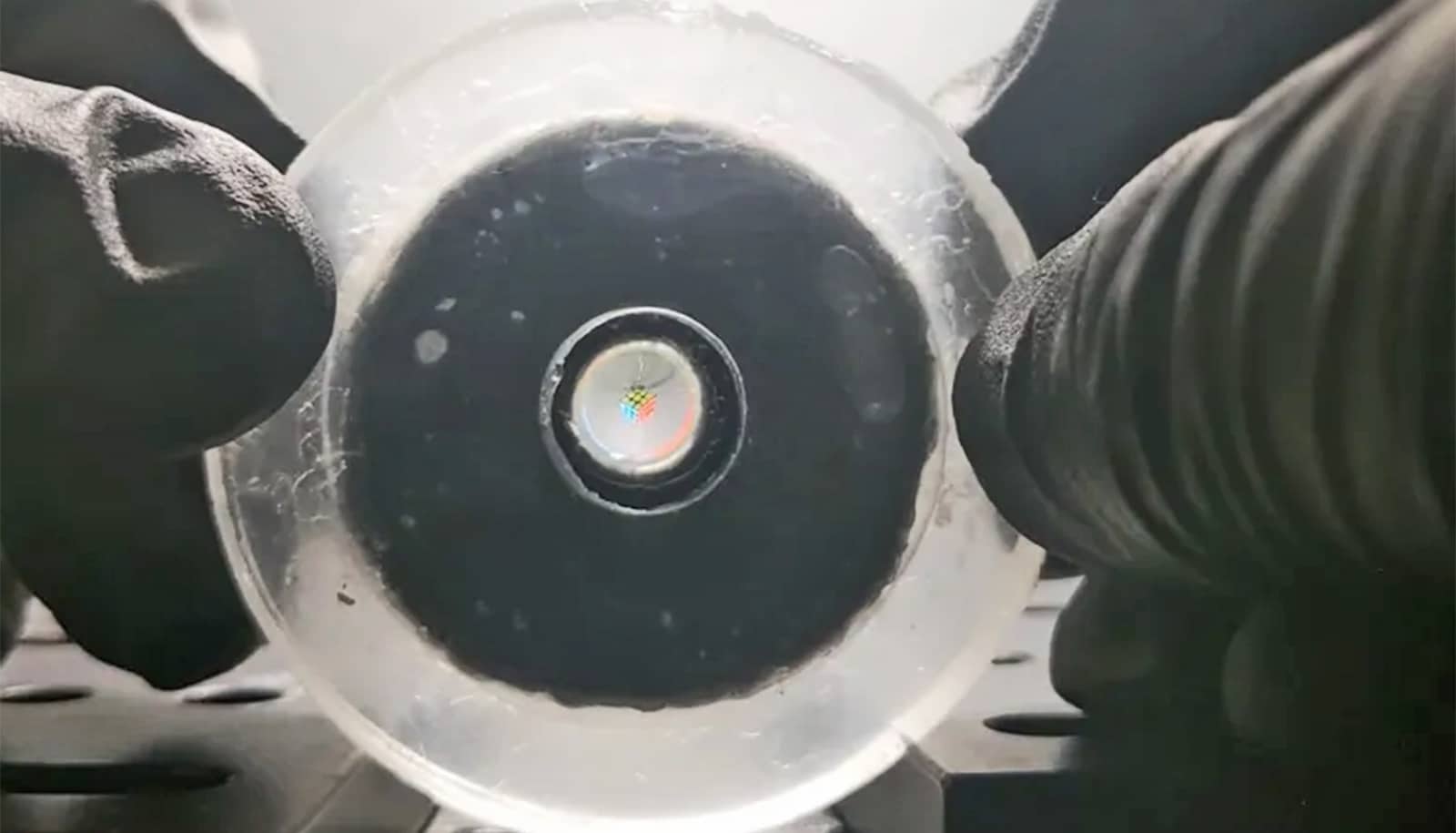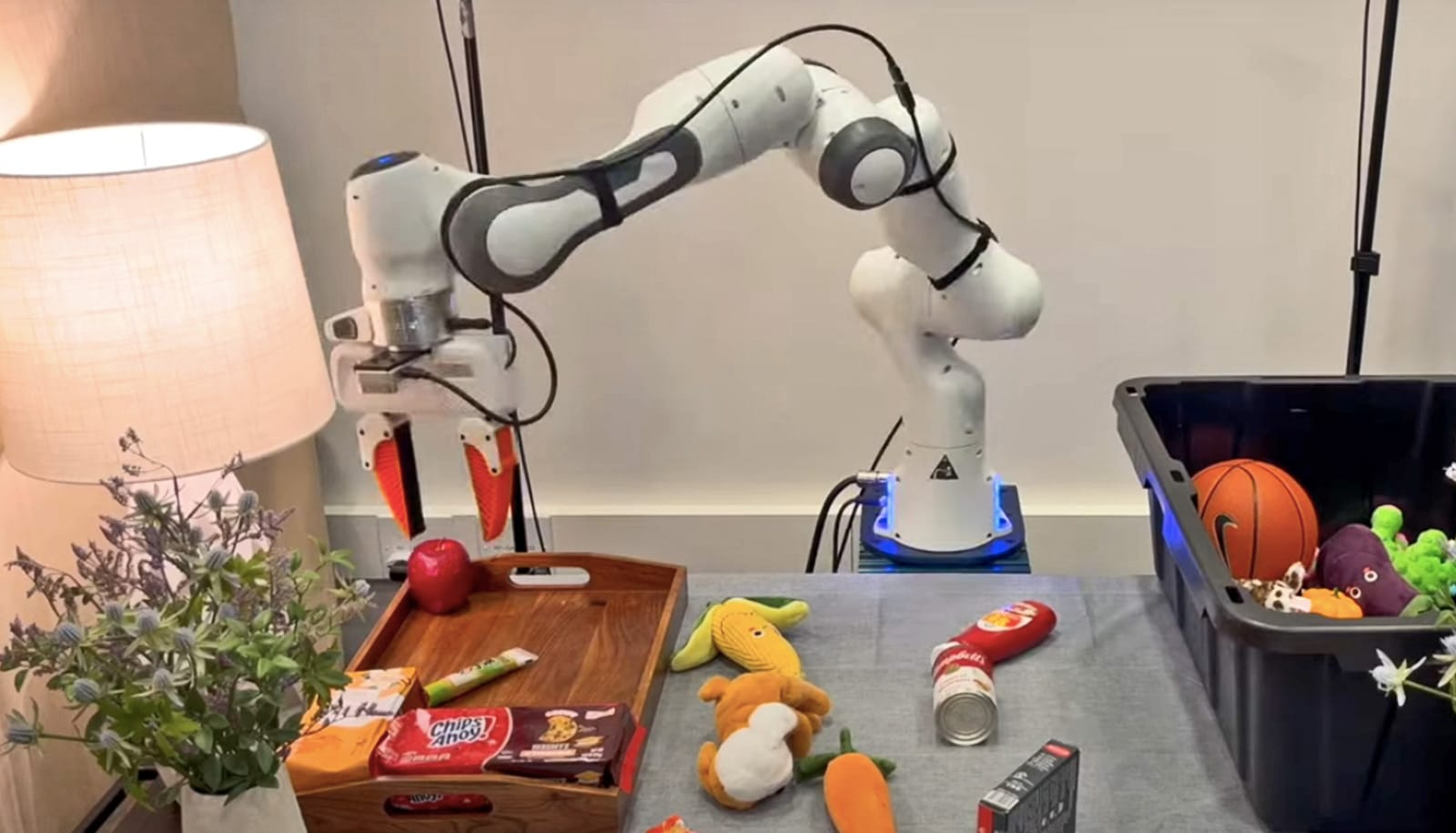Researchers have a light-powered soft lens that mimics the human eye’s ability to refocus and adjust to varying light conditions.
The research, published in Science Robotics, opens new possibilities for soft robotics, biomedical imaging, and autonomous vision systems.
Inspired by the human eye’s response to light, lead author Corey Zheng, a PhD candidate in the biomedical engineering department at Georgia Tech, developed a lens system that uses light-activated artificial muscles to control focal length.
When illuminated, these muscles contract and stretch the lens, enabling precise optical adjustments without electronics or batteries.
“The human eye is really powerful in many ways,” says Zheng. “It’s compact, you can change focus to look at near or distant objects, and it protects itself from light with your pupils. On top of all that, it has amazing resolution.”
The photoresponsive hydrogel soft lens (PHySL) is constructed entirely from soft, bio-safe materials, making it ideal for applications where rigid optics are impractical—such as soft robots and medical devices that interact safely with tissues. At the core of the design is a thermally responsive hydrogel—a water-absorbing polymer commonly found in products like contact lenses—infused with graphene, which converts light into heat, triggering shape changes that act as artificial muscles. This property allows the lens to be controlled remotely without needing battery power or wired connections.
In laboratory tests, the researchers demonstrated that different illumination patterns could control the lens’s focal length, motion, and even induce specific optical aberrations. This adaptive capability allowed them to capture high-quality images of subjects ranging from single cells to whole rooms. Their system’s performance, in both focal shifting range and resolution, was comparable to the human eye.
The team also introduced a prototype electronics-free camera, combining the soft lens with a liquid-based imaging circuit powered by light-activated valves to control fluid flow instead of traditional electronic photodetectors. This innovation could be used in chemically-driven or passive soft systems, enabling enhanced autonomy for biomimetic robots.
Funding for this research came from the National Science Foundation Graduate Research Fellowship, National Science Foundation, National Institutes of Health, and Georgia Institute of Technology Faculty Startup Fund.
Competing interests: A provisional patent application (63/865,714) for this technology was filed by the Georgia Institute of Technology, with S.J. and C.Z. as coinventors.
Source: Georgia Tech



